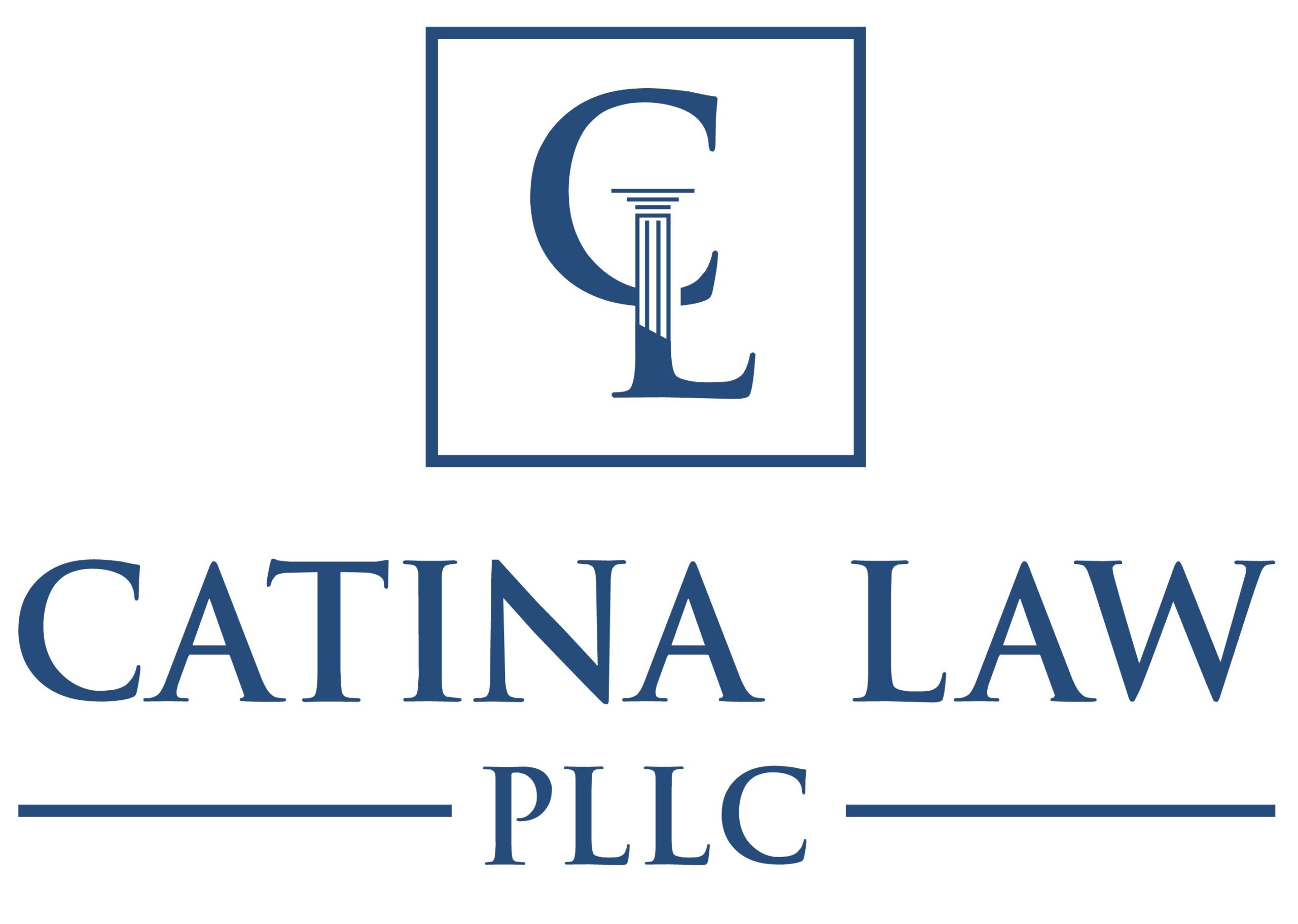When a buyer is purchasing a home and financing this purchase through a lender, there are two documents that the buyer will need to execute at the closing table: a note and a mortgage. Sometimes, these two documents will be combined into one and called a “mortgage note.” But, for our purposes here in this insight, and because the note and the mortgage are separate legal documents and create differing obligations amongst the parties, we will review them as separately executed documents.
A note is the buyer’s promise to the lender to repay the amount that the buyer is borrowing from the lender. This is a standalone contract, or agreement, between the lender and the buyer. Set forth in the note are, inter alia, the principal amount borrowed by the buyer, the term – or length – for repayment, any interest rate to be applied to the principal amount over the term, the events that constitute a default under the note, and the remedies that the lender has in the event of a default. Additionally, the note will identify how the payments can be made to the lender by the borrower, and the note can provide for other provisions, such as that there is no pre-payment penalty to the borrower. A note is also the personal guarantee that the borrower guarantees repayment of the outstanding balance due to the lender.
A mortgage is the legally recorded document that creates a lien on the property contemporaneous with the execution of the note. The mortgage secures the property to be used as collateral for the repayment of the balance due under the note. Unlike the note, a mortgage is recorded with the County Clerk so that the lender can give notice to all other parties that the lender has a priority lien on the property. In the event of a default by the borrower under the terms of the note or mortgage, the lender can foreclose on the mortgage and ask a court to permit the property to be used to satisfy the balance due to the lender by the borrower. Like the note, the mortgage will identify the events constituting a default and the remedies that the lender has in any such event. It also identifies the obligations of the lender and the borrower as it relates to the property in question, such as the owner’s duty to maintain the property and obtain insurance.
As with all documents executed at the time of the closing, it is important that you review the note and mortgage carefully to understand your rights and obligations thereunder.
Disclaimer: The information contained in this post is not, nor is it intended to be, legal advice. You should consult an attorney for advice regarding your individual situation. We invite you to contact us and welcome your calls and communications. Contacting us, however, does not create an attorney-client relationship.
